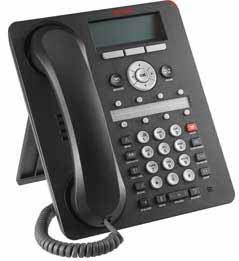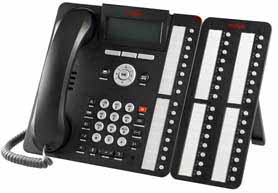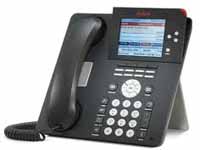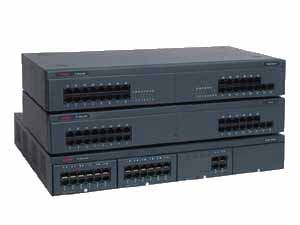Technical Services
-
Network Infrastructure
-
Structured Cabling
-
Relocation Services
-
Avaya Telephone Systems
Home | Qualifications
& Experience |
Technical Phone Support | Contact
Us
AVAYA Systems: Avaya IP Office
|
|
Avaya
IP Office Communications Server
Solutions
IP Office Release 8.0
EMERGENCY
SERVICE AVAILABLE
IP Office Modes IP Office systems based on the IP500 V2 control unit can run in a number of modes: · IP Office Basic Edition
- Quick Mode IP500 control units run in IP Office Essential Edition only.
IP Office Basic Edition PARTNER® Mode The IP Office Basic Edition Partner Mode continues the evolution of communications systems for small businesses. PARTNER Mode is designed to work directly out of the box without any programming or administration, allowing users to immediately make and place calls via analog trunks. PARTNER Mode provides the end user a similar desktop experience as the PARTNER ACS: e.g. 2 dedicated intercom buttons, key system functionality, Caller ID, etc. This helps minimize training requirements and provides the end user with the same comfort level they have come to expect with the PARTNER ACS system. PARTNER Mode provides enhanced features such as Visual Voice, Remote Call Forwarding, 64-party Conferencing, SIP Trunking, Full PRI/T1 and more. PARTNER Mode provides the same 2-digit extension numbering plan as PARTNER ACS (default), and now supports a 3-digit flexible numbering plan (extensions 100 – 599). PARTNER Mode supports all current and "Euro" versions of PARTNER ACS telephones, the 1400 Series digital telephones, the current 3920 and 3910 wireless products, as well as most analog devices (fax, wireless headsets, analog telephones). The original MLS Series telephones and older wireless telephones are not supported. PARTNER Mode also supports a new line of Avaya digital telephones – the 9500 Series telephones, and supports the Nortel T-Series and M-Series digital telephones. PARTNER Mode includes Embedded Voicemail; providing a 2-port Automated Attendant (upgradeable to 6-ports) and voice mail coverage activated for all telephones. The Embedded Voicemail offers a variable number of hours of storage: • 2-ports = 15 hours of storage
System Capacities PARTNER Mode supports larger telephone and trunk capacity as follows (may not be attained simultaneously):
IP Office Basic Edition
Mu-Law Users who need full IP Office Essential Edition functionality can apply the Essential edition license and the use Manager to change mode from "Basic Edition" to "Essential Edition". Once the system reboots, it re-starts as "Essential Edition" which is the way that IP Office Essential Edition works, looks and feels in Release 7.0. An IP500 V2 system can be converted from its current mode to run in IP Office Essential Edition using IP Office Manager. For IP Office Release 8.0 and higher, the system also requires an Essential Edition license to run in IP Office Essential Edition. CAPACITY
1. 100 Extension in
3-digit extension numbering mode only. 48 extensions in 2-digit
extension numbering mode. · In non-IP Office Essential Edition
the system assumes that the base control unit is always fully
populated with up to 32 extensions, either real or phantom or
a mix, to which it assigns extension numbers in sequence. It does
this before assigning extension numbers to any real extensions
on attached external expansion modules up to the system extension
limit. If the system extension limit has not been exceeded, any
remaining extension numbers are assigned to additional phantom
extensions. FEATURE Support Summary
Licenses:
Bishop Computer provides technical remote service support (as well as onsite service support in the Chicago to lower Wisconsin areas). We've installed over 300+ IP Office systems and serviced many more. We can help with:
|
||||||||||||












